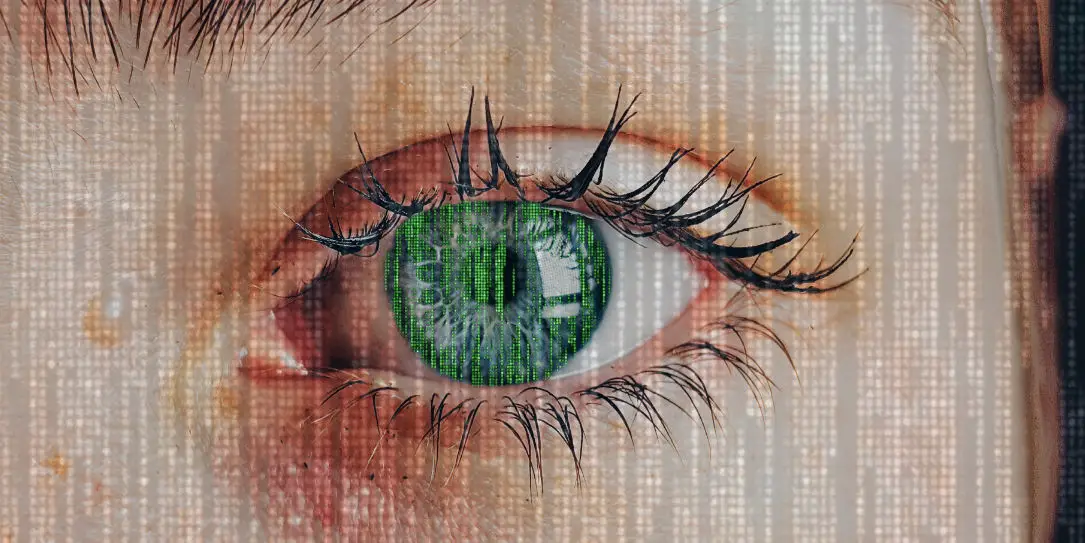Few technologies today are as disruptive or show as much potential as artificial intelligence. AI is everywhere, from your phone to factory floors, and it can take many different forms. One of the most widely used, yet seldom-publicized applications of AI is machine vision.
Machine vision isn’t as flashy or groundbreaking as other AI subcategories, but it’s crucial for many operations. Cutting-edge technologies like autonomous robots and self-driving cars wouldn’t be possible without it. What exactly is machine vision, and how does it work?
At its simplest, machine vision is what it sounds like: technology that allows machines to see. If a device interacts with the physical world, it needs some way to interpret what’s around it. As straightforward as this may seem, machine vision can be a complicated process.
Applications for Machine Vision
Machine vision, like AI itself, is a broad category that covers various individual technologies. The global market for machine vision could reach $18.24 billion by 2025, so its applications are always growing. Given this variety, there’s no single approach to giving machines sight, so how it works can vary.
Many facilities use machine vision systems to inspect products or pick parts, which requires them to recognize specific objects. Other applications, like self-driving cars, need to identify a variety of subjects and judge speed and distance as well. These technologies require systems that work differently since they have to see things in other ways.
The way a machine vision system works depends on the task it needs to accomplish. Still, you can simplify almost all these technologies into a three-step process: image capturing, lighting and processing. Let’s take a closer look at each of these steps.
Sensors and Cameras
Every machine vision system needs some type of camera or sensor acting as the machine’s eyes. What this part looks like depends on the overall goal of the device itself. A machine sensing fill levels in a beverage factory may need a simple sensor, but a picking robot likely needs something more advanced.
While these features act like a human eye, they don’t often see things as people do. Many machine vision sensors only see in 2D, and some don’t capture images in color. Alternatively, some see even more than the human eye, capturing infrared or ultraviolet wavelengths.
The two most significant considerations for a camera or sensor are sensitivity and resolution. Sensitivity is the ability to see under different lighting conditions, and resolution is the quality of object recognition. Without changing anything else, more sensitivity means less resolution and vice versa.
Some machines will prioritize sensitivity while others favor resolution depending on the task in question. In a factory, where lighting is consistent, the resolution will be the primary concern. On the other hand, a self-driving car needs more sensitivity since it will operate under various lighting conditions.

Lighting
Just as you can’t see in the dark, machine vision systems also need proper lighting to work. The better the conditions are, the easier it’ll be for a computer to recognize an object. Early machine vision relied on white light from ordinary lightbulbs, but modern systems use various colors.
Depending on the color of objects the system will have to recognize, it’ll need different colored lights. Most often, using the opposite shade of the subject in question delivers the best results. For example, green lighting produces the most contrast for a red object and vice versa.
If a system only needs to recognize objects of one color, a monochromatic light will work. Machines that need to see a wider variety of things may use multicolor lights or even multiple lighting sources. Some systems can adjust their brightness levels, too.
If all a system needs to capture is a silhouette, then it may just use a backlight. Otherwise, machines typically light things from the front or multiple sides to decrease shadows.
Image Processing
Once a machine vision system lights and captures an image, it needs to process it. This step is the most crucial because these machines would be little more than complicated cameras without it. Here, artificial intelligence programs analyze the images to determine the appropriate response.
In a factory, a machine vision system could analyze products to recognize any defects. More complex devices might also look for distance or depth, measuring objects as they see them. After these algorithms recognize what they need to, the program makes a decision based on the results.
These decisions could be as straightforward as confirming an object’s identity or as complex as steering away from an obstacle. As you’d expect, the more possible responses a machine has, the more advanced its processing must be. No matter the complexity, these systems typically need to make decisions almost instantly.
Deep Learning
Some machine vision applications include even more features. One of the most promising developments to come to the field is the introduction of deep learning. This is another subset of AI that mimics how the human brain operates when making sense of unstructured data.
In machine vision, deep learning comes in during the image processing step. While this traditionally relies on preset rules, deep learning can enable a machine to make its own connections and insights. A deep learning-enabled machine vision system could teach itself to be better at recognizing different objects.
Deep learning also enables these systems to be more flexible. They could understand new defects they haven’t encountered or interpret distorted text. Not all machine vision systems today use deep learning, but these advantages are increasing its popularity.
Machine Vision Is Powering the Tech of Tomorrow
When you break machine vision into its most basic parts, it seems reasonably straightforward. If you consider how precise each step needs to be, you can see why this technology is revolutionary. Machine vision enables robots and other technologies to automate more human tasks. As these technologies advance and become more affordable, they’ll continue to grow. Before long, machine vision will enable driverless vehicles and more advanced mobile robots. While it may not be the most talked-about form of AI, it’s one of the most valuable.
What do you think of machine vision? Let us know in the comments below or on Twitter or Facebook. You can also comment on our MeWe page by joining the MeWe social network.
Last Updated on February 3, 2021.










